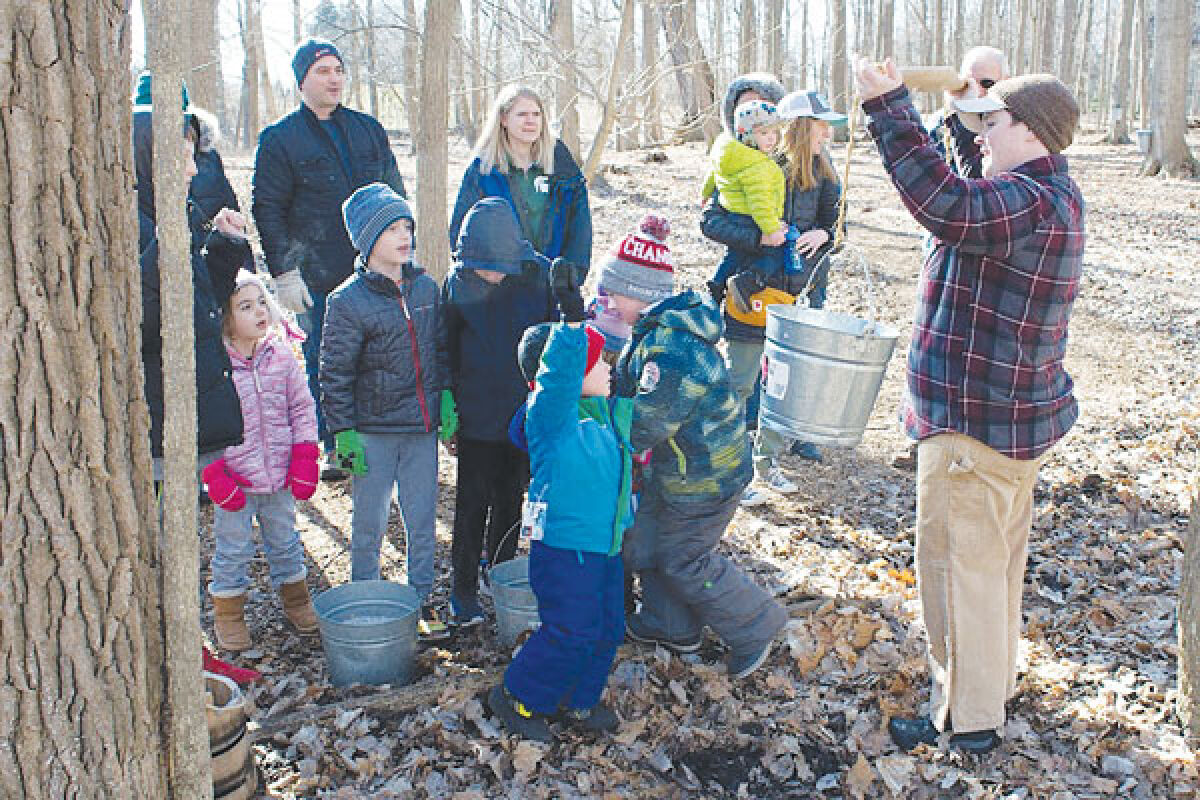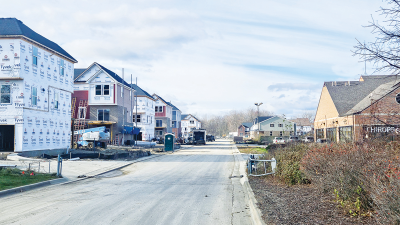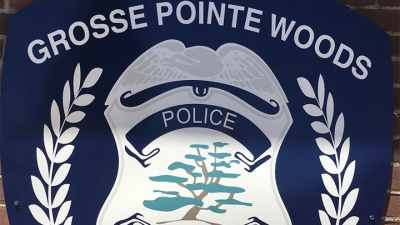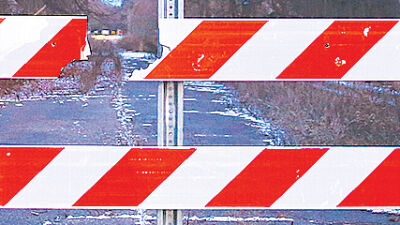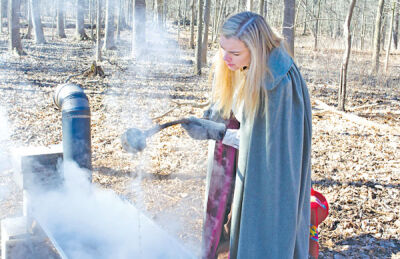
Stage Nature Center “Sap Masters” will demonstrate how sap was made into maple syrup in the 1800s as part of the nature center’s annual “Maple Syrup Time” tours.
Photo provided by Carla Reeb
TROY — The Troy Nature Society is offering local residents a sweet experience with the return of its Maple Syrup Time at the Stage Nature Center.
The hour and a half long tour will highlight how trees are tapped for sap and how maple sugar was processed 100 years ago, and attendees can visit an historical sugar camp to learn similarities in the process used today. Guests will also stop in at the sugar shed to see a wood-stoked evaporator in action and learn how sap is made into maple syrup courtesy of the nature center’s very own expert “Sap Masters.” The tour concludes with everyone enjoying mini pancakes topped with real maple syrup. A delicious variety of sweet maple treats will be available for sale, courtesy of the Troy Historical Society.
“It has an educational aspect. It is fascinating. It’s a unique experience,” said Sap Master John Youngerman. “Most of all, people get to taste the syrup. Most people have never tasted real syrup. Store bought syrup is mostly corn syrup. This is kind of a big deal. Kids love it. Plus, you get to walk around the woods and enjoy the facility right in the middle of Troy. Some people live less than a mile from here, and they have never learned about us.”
“We’ve done this program for more than 35 years,” added Troy Nature Center Executive Director Carla Reeb. “We bring it back over and over again because it introduces new groups of people and new families to this wonderful historical program.”
The program will be held 9 a.m.-3 p.m. Saturdays, March 2, 9 and 16. Tours start every 15 minutes.
Visit the Troy Nature Society website at troynaturesociety.org to sign up. Pre-registration is strongly suggested. The fee is $10 per person for teens and adults; $7 for children 4-12 years; and $7 for Troy Nature Society and Troy Historical Society members; children under 4 years of age get in free. Children must be accompanied by an adult. Walk-ins are only accepted on the day of the program subject to space availability. The Stage Nature Center located at 6685 Coolidge Highway in Troy.
“We tap the trees. People from the community can come and help us tap them, and it gets people involved in the process,” explained Youngerman. “We tap about 67 trees, hang a 5-gallon bucket on the side of the trees, and then we wait for the sap to drip into the bucket. We do it all the old fashioned way. We bring it back to the sugar shed and put it into a big tank for storage.”
He said the process is very simple, but also very precise.
“We collected our first tapping Feb. 26 and got about 190 gallons. That is probably going to yield about 3 gallons of syrup, total,” said Youngerman. “Our sap has approximately 2% or 2.5 % sugar. The rest is water we need to boil down. … As the water is being evaporated out, the sugar concentration goes up. It’s like making a balsamic reduction when you’re making it on the stove. We’re reducing the sap until we get to 66% sugar in the liquid. Then it thickens and turns color. It is caramelization, which is why the syrup becomes dark instead of clear, like when it comes out of the trees. The longer it is on the fire, the darker it will get, but the better it tastes too. The maple flavor comes out in the cooking process. That’s what everybody wants. Then we filter and bottle it.”
Youngerman got involved in the nature center’s annual syrup making tradition through his wife and said he fell in love with the process.
“My wife was a teacher at the nature center,” he said. “She’s been with them for more than 30 years. When I met her in 1992, I went to the nature center because she was there all the time. I loved it and started with just parking cars and doing chores. I started helping making syrup and have been getting more involved as time went on. I’ve now been making syrup for about 15 years.”
Those attending can try the syrup, but due to health regulations, the syrup they can purchase doesn’t come from the Troy trees.
“We don’t sell it, but the nature center sells syrup, but that is syrup we buy because it is certified safe for consumption,” Youngerman said. “We, the volunteers at the nature center, usually bring home the syrup we make ourselves.”
Both said the historic nature of the syrup-making process is something that ties people to the past and shows them something about Troy’s heritage.
“It’s very historic. The Native Americans have been making syrup around here for centuries,” said Youngerman. “We also incorporate how the Native Americans taught the settlers how to do it and how the process has evolved. It’s part of Troy’s history, and we love to keep that going. Most people don’t know anything about the process or how it is done.”
“This is a unique educational experience that engages the public into how sap was made into maple syrup 200 years ago,” added Reeb. “It’s an exciting experience for families, especially those who have never seen a historical sugar camp or wood stove evaporator in action.”
 Publication select ▼
Publication select ▼